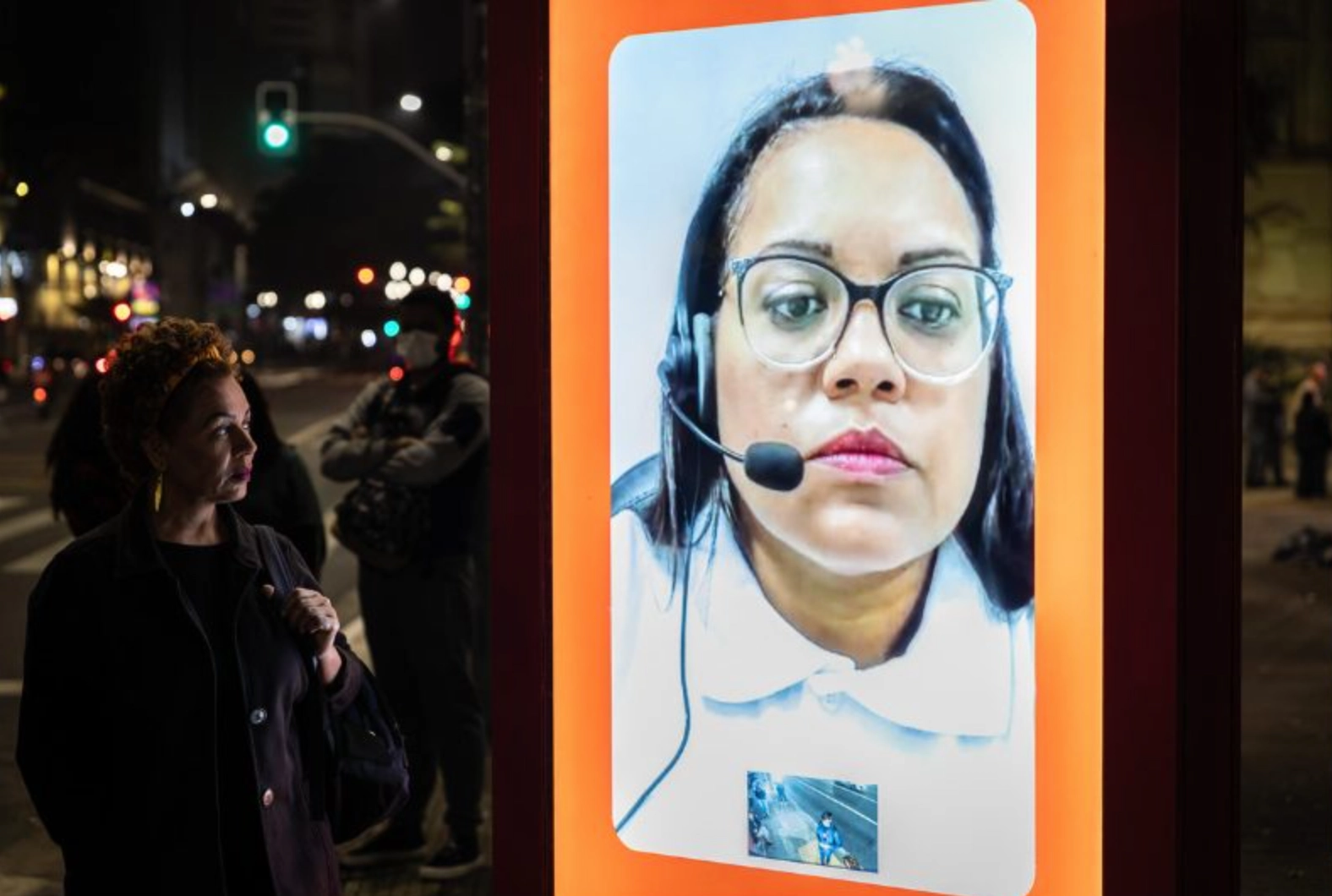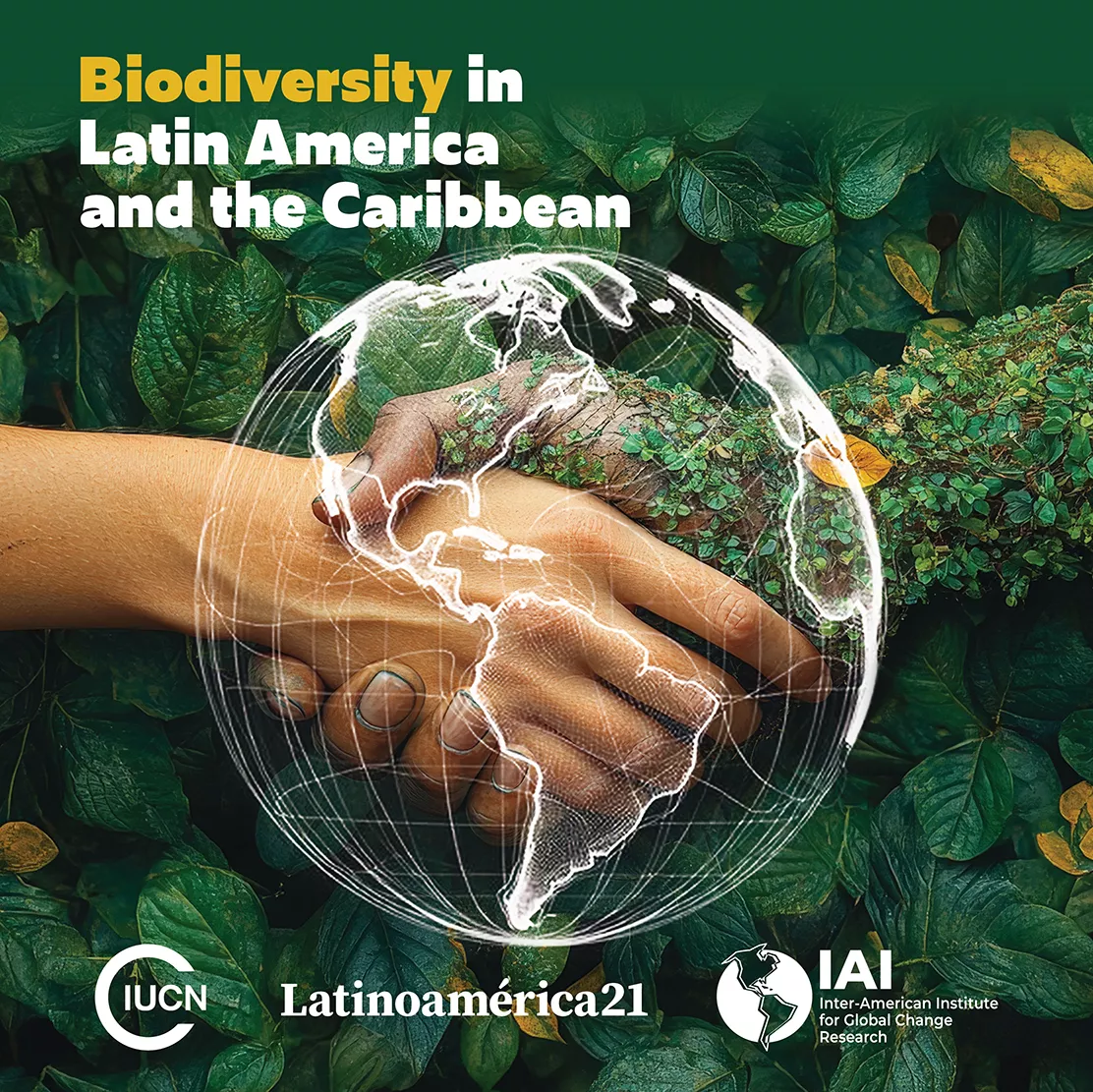In the framework of Women’s Month, it is imperative to address gender inequality in mobility, a crucial but often overlooked aspect in the design and planning of Latin American cities and in discussions on gender inequality. Mobility reflects inequalities rooted in social roles historically assigned to men and women, as cities are mostly conceived and built by and for men, which presents significant challenges for women in their daily lives.
Women make more complex journeys due to the persistence of traditional roles. While men make more linear journeys, typically from home to work and back, domestic and caregiving tasks impose an additional burden on women’s mobility, influencing the diversity of their daily trips. Therefore, in vulnerable neighborhoods, it is much more frequent that, due to mobility restrictions, women leave the neighborhood perimeter less frequently than men, reducing their world.
Women’s perception of insecurity
Women’s perception of insecurity in public spaces and means of transportation is one of the barriers that hinder both the travel experience and the experience of urban space, limiting autonomy, free movement, and access to education, work, culture, and leisure opportunities offered by cities.
According to the “She Moves Safely” survey conducted by the Development Bank of Latin America and the Caribbean (CAF) and the FIA Foundation in three Latin American cities, the greater presence of men, the fact that they travel alone and the lack of daylight increase their fear when traveling. Violence and harassment are among the main problems faced by women on public transport. According to the United Nations (UN), in Mexico City, one of the most populated cities in the region, it is estimated that 96% of this group has been a victim of these aggressions at least once.
A new WIN global public opinion survey on gender equality, safety, and violence recently released for Women’s Day 2024 explores opinions and beliefs in 39 countries and finds that half of the women surveyed globally feel unsafe walking alone at night in their own neighborhood.
This perception of insecurity is more prevalent among younger women. It is interesting to note that while this type of insecurity is a phenomenon that also affects men, it does so to a much lesser extent. Globally, 26% of men versus 46% of women do not feel safe or confident walking alone at night in their neighborhood.
Looking at the figures by region, we see that in some geographical areas, women feel more insecure than in others, with the Americas standing out as the continent with the highest percentage of women reporting this (64% compared to 45% in Europe). On the other hand, some Latin American countries are among those with the highest percentages of women reporting that they do not feel safe or confident walking alone at night in their neighborhoods.
Of the ranking of 39 countries, the first seven positions are occupied by Latin American countries and all Latin American countries are above the global average. In Chile, 83% of the female population perceives that they feel unsafe on the roads, 81% in Mexico, 75% in Ecuador, 71% in Brazil, 69% in Argentina, 65% in Paraguay and 64% in Peru. In Europe, Italy, Greece, and Ireland have the highest percentage of women reporting feeling insecure, and in Asia Pacific, Malaysia, and South Korea are the countries with the highest percentages.
How do women take care of themselves?
Women have developed daily tactics and self-care strategies to manage their safety. These strategies include evaluating the clothes they wear, avoiding certain places or times, notifying via messages or calling friends or family at what stage of the trip they are at to feel accompanied, carrying self-defense items, staying overnight at someone’s house to avoid traveling at night, to avoid walking, public transportation and to take cabs, among other measures.
In Argentina, in 2019, after the femicide of a 17-year-old teenager returning home after leaving a nightclub, the campaign “Amiga, ¿llegaste?” (My friend, did you arrive?) went viral, which highlighted the network of support and companionship among women who ask their friends to report upon arrival for fear of something happening to them on the journey from the meeting place to their homes. Technology can be a key ally in improving safety. Real-time location sharing is a growing tool. And often, in the face of fear, staying at home is an option.
And on the transportation services side, there are several possible improvements to increase the quality of travel. From shorter waiting times, stops, and stations close to the origin and destination or security personnel during the trip, to establishing more direct routes. Other suggestions from the experts include drivers allowing women to get off the unit at any point along the route; network expansion and all actions concerning safety improvements in general such as better lighting, surveillance, etc.
In addition, transport mobility applications with real-time timetables, service alerts, and safe routes can reduce waiting time and provide vital information for women. In Brazil, for example, an unprecedented initiative has been launched in São Paulo to stop women waiting alone for the bus in the middle of the night, called Abrigo Amigo, transforming bus stops into touch panels capable of making video calls to a call center where they are attended by a team of women specifically trained to know how to act in possible risk situations.
It is also useful to train transport drivers on sexual harassment and how to prevent and respond to such situations. Recently, in several countries in the region, a travel app has launched an awareness-raising initiative aimed at drivers in its network to prevent inappropriate behavior by drivers in order to sensitize them to behavior and comments that may be uncomfortable or annoying for female users.
Women feel safer when the public service driver is a woman. However, in Latin America, numerous women do not have driver’s licenses and the age at which they acquire them is higher than that of men. Thus, they may also find it more difficult to imagine themselves in professional driving work.
In this context, national and local governments must promote greater participation of women in mobility decision-making. Their unique knowledge of safety, infrastructure, and transport modes can contribute to more inclusive and safer planning.
One call in International Women’s Month resonates: do not let the sunset send Latin American women home.
*Translated by Janaína Ruviaro da Silva from the original in Spanish.











